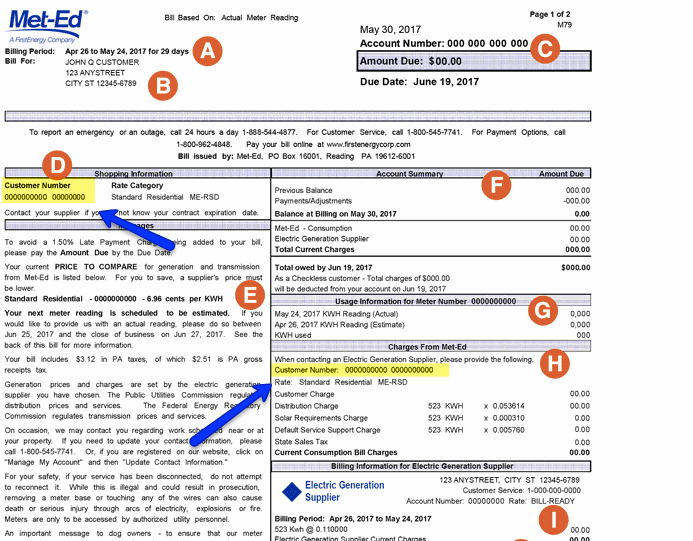Compare National Grid MA Rates to Offset Default Price Increase
On November 1, 2018 the basic service rate offered by National Grid to Massachusetts residential customers increased by a baffling 26.2%. Basic service is a default rate that National Grid charges to those customers for electricity generation supply who have not elected to purchase their power from a competitive electricity supplier. Residential customers can save money against the higher default rate by comparing competitive rates offered by suppliers who are licensed by the state of Massachusetts. Those customers who are already on a competitive rate plan will not be effected by the November 1 rate increase.
Numerous competitive rate plans are available for National Grid customers to choose between. In response to the 26.2% price increase competitive Massachusetts suppliers are pushing back and stepping up their marketing efforts in order to gain new customers. Energy price comparison sites such as ElectricRate.com are posting competitive rate offers as much as 12.6% less than the basic service rate offered by National Grid. Other rate green energy options are available that provide small savings.
As of May 2018, the Massachusetts state government reported that roughly 42.8% of the 1,035,462 residential customers that National Grid delivers power to had elected to purchase their electricity from a competitive supplier. The remaining 592,000 customers have the ability to substantially lower their National Grid electric bill by comparing and selecting a lower rate plan. The new basic service rate of $0.13718, up from $0.1087 in October, is the highest the default rate has been in over three years. Massachusetts electricity suppliers are expecting a large new batch of first time shoppers in response to the high rate, which will stay in effect until the end of April of next year.
Competitive rates offering savings versus the basic service rate are shown below. All competitive rates are provided by suppliers who have been licensed by the state of Massachusetts.




